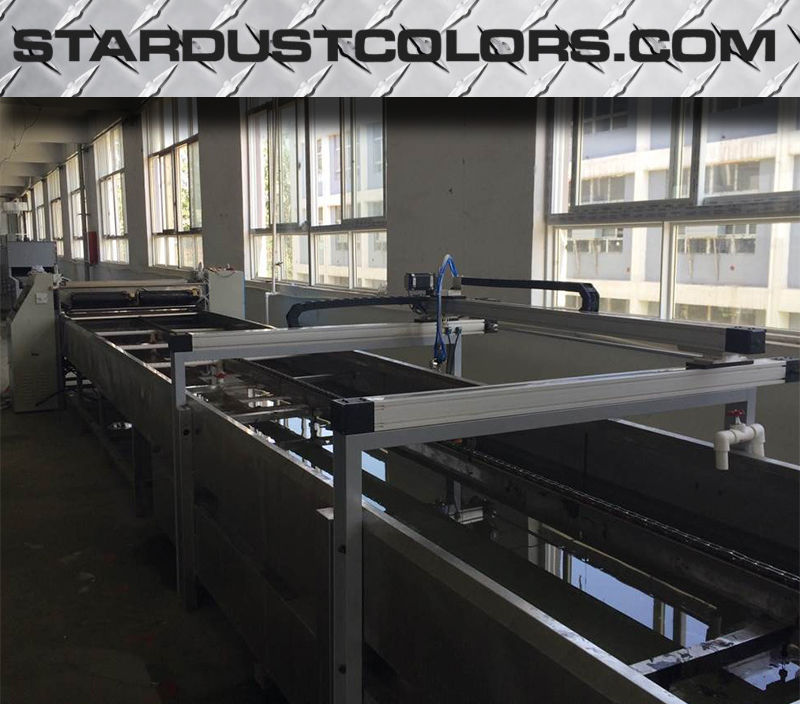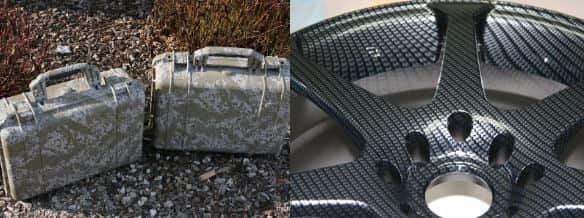 How to use the transfer tray for hydrography ?
How to use the transfer tray for hydrography ?
Many entrepreneurs in the field of decoration and personalization, wonder about the equipment and installations of the painter necessary to practice the technique of hydrographic transfer, commonly called hydro-dipping.
Before talking about the various equipment that accompanies the technique, let's take stock of the professional transfer tank: it is a tank specially designed for beginners in the hydro-transfer technique and it is of course suitable for advanced professionals . With these high-performance machines and made with excellent quality materials such as 304L stainless steel, we are able to carry out any type of task, being able to perform dives or impressions on objects of all shapes and sizes. .
It can be sculptures, automotive equipment and indeed, all kinds of objects.
In comparison, with a "homemade" bin, a professional bin offers a certain range of possibilities that come in the form of options, with accessories installed on the machine :
Non-exhaustive list :
• Semi-automatic top cover
• Automatic electric arm with frame
• Pedal activation system cleaner
• Rubber swivel wheels
• Touch screen with personalized interface
• Integral personalized labeling
• Double insulation with rock cloth
• Hose for washing small parts
• Micro-washing grid perforated
The hydro-dipping transfer tank
All tanks made in Asia or Europe are relatively similar and share the same technical specifications for the tank area:
- Manufactured in 304L stainless steel.
- Resistance in the decanter area (5kw / 18kw).
- Pt100 temperature probe.
- Recirculation pump with adjustable power, filter and non-return valve.
- Digital thermostat with automatic temperature control.
- Digital timer with acoustic warning (0- 90sec).
- "SETA" emergency stop button .
- "START" button for confirmation of double start.
- Indicator lights (power supply, pump, resistance).
- x2 drain valves (x1 tank area / x1 decanter).
- x8 Side jets for drag and debris removal.
- Central and side guides for the delimitation of the work area.
- Possibility of manufacturing in single phase ( 230v) as in three-phase (380v).
A transfer tank for hydro-dipping must above all be designed according to the needs of the activity and the projects of the applicator. There are many tubs for hydro-dipping that are offered in "mini" size with a length of 100 cm.
But "who can do more, can do less", so for a potential extension of the activity in the future, it is always desirable to have a slightly larger tank, which allows large parts to be soaked , such as bumpers for example, but also to work with small parts, such as car rims, with partitions.
 The limits of the technique
The limits of the technique
It is often asked by novice applicators or entrepreneurs in the process of creation, is it possible to print or use this technique on such type of parts or such other type of parts.
When making a rim, it must be understood that we are going to print one side of the rim, so this is possible, even if the angles of the surface can be very variable.
But when it comes to printing an object on its entire surface, that is to say even on the back, when it comes to tubular surfaces or even balls.
We are thinking of a bicycle frame : this is logically impossible, because what will the overlapping area look like ?
Partitions for hydro transfer bins
In the context of printing on objects of limited size and when working with large tanks, it is unnecessary to use or dirty the entire surface of water. There are therefore what are called "partitions" which make it possible to separate the water and the soaking surface.
By a phenomenon of encirclement on the surface of the liquid, the hydro transfer film will be more stable and the floating debris will not contaminate the rest of the surface of the water.
We can also do another dip with a different pattern, a different piece, to work more efficiently.



















































































